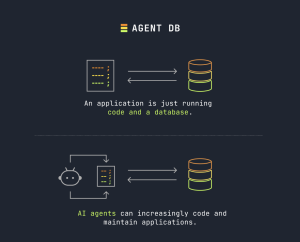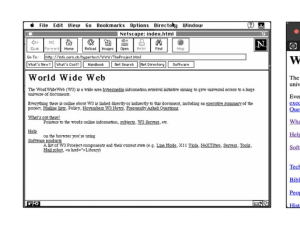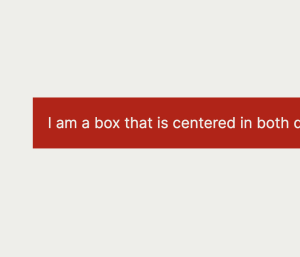Integrating CSS Cascade Layers To An Existing Project
The idea behind this is to share a full, unfiltered look at integrating CSS Cascade Layers into an existing legacy codebase. In practice, it’s about refactoring existing CSS to use cascade layers without breaking anything.











